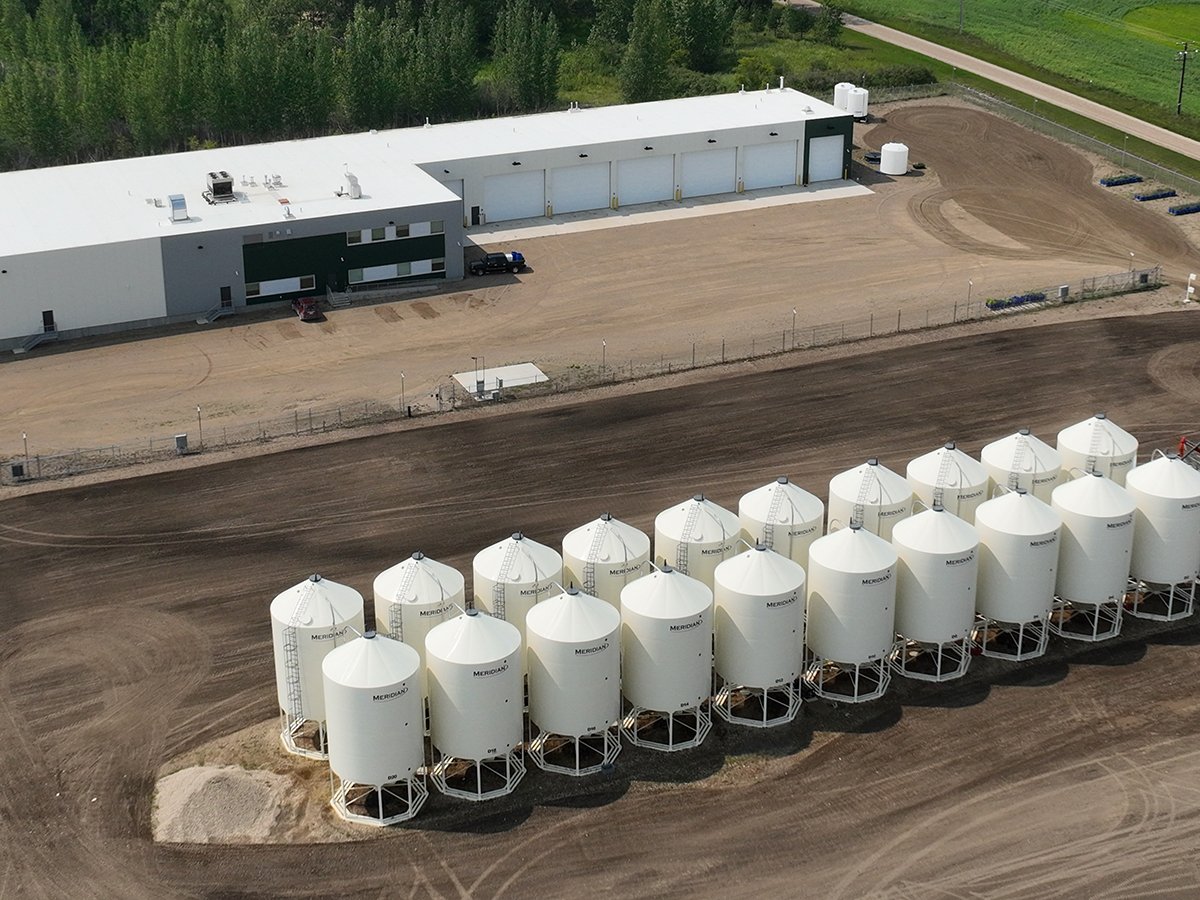Canadian canola growers could be facing increased competition from Australia as that country jumps on the biotechnology bandwagon, but industry analysts say it is nothing to lose sleep over.
Two of Australia’s six states have announced they are lifting bans on the seeding of GM canola. Growers will be allowed to plant the crop in New South Wales and Victoria for the first time starting in 2008.
The decisions made national news and reaction was mixed, ranging from protests by Greenpeace and threats of lawsuits by organic groups to messages of support from farm groups and agricultural scientists.
Read Also

Saskatchewan firm aims to fix soil with compost pellets
In his business, Humaterra, Leon Pratchler is helping farmers maximize yields in the weakest areas of their fields through the use of a compost pellet.
“The decision is a huge step back for Australia, while the rest of the world is turning its back on GE crops,” said Greenpeace GMO campaigner Louise Sales.
The Australia Science Media Centre said farmers need to take advantage of a technology that increased average canola yields in Canada by 27 percent over the past decade rather than relying on non-existent price premiums for supplying GMO-free product to the market.
“The only people paying for GM-free status are Australia’s grain farmers, who have not had access to canola varieties with higher yield potential and net profits and have therefore been forced to forgo hundreds of millions of dollars in revenue,” said Rick Roush, dean of land and food resources at the University of Melbourne.
Monsanto Canada spokesperson Trish Jordan said her company’s Roundup Ready varieties were approved by Australian regulators in 2003 but that was immediately followed by state issued moratoriums.
“We’re pleased with the announcement. It has been a long time coming,” she said.
Jordan anticipated it won’t be long before the technology dominates Australian acreage unless Australia runs into problems implementing the kind of segregated system that it is planning.
Within four years of the introduction of Roundup Ready canola in Canada, it accounted for 41 percent of the canola crop. GM varieties provided by Bayer and Monsanto now make up 85 to 90 percent of the canola grown.
Jordan said the technology will help the world’s second leading exporter of canola address chronic issues of inconsistent and inadequate supply.
In the Aug. 31 issue of its Bi-Weekly Bulletin, Agriculture Canada’s market analysis division speculated on what implications a move toward GM canola in Australia would have on Canadian growers.
“Should they proceed in that direction this could potentially place Australia in direct competition with Canada in important export markets for canola such as Japan and Mexico,” the bulletin said.
Ron Styles, a canola analyst for Union Securities, said the adoption of GM canola will undoubtedly increase Australia’s production of the crop but shouldn’t cause a problem for Canadian growers.
Australia’s exports over the five years ending 2006-07 averaged 740,000 tonnes a year. This year’s shipments are expected to fall to 500,000 tonnes. By contrast, Canada is expected to export 5.1 million tonnes of the crop this marketing year.
The country may rank as the world’s second biggest exporter but it is a distant second to Canada.
“They’re just a fraction, just a fraction of the total (exports),” Styles said.
If anything, he sees the new Australian direction as potentially beneficial to Canadian canola growers.
“It might be just one more step towards acceptance of GM products,” he said.
Chris Anderson, vice-president of crop production with the Canola Council of Canada, said strong global demand for vegetable oil will offset any potential threat of increased global supply of the crop.
“There’s a bigger marketplace than there has ever been,” he said.
All that will happen is Australian growers will soon realize growing GM canola earns them more money than conventional canola. A study conducted by the council in 2000-01 showed Canadian farmers earned $6 per acre more by using GM canola.
“It’s a great opportunity for Australian producers,” Anderson said.















